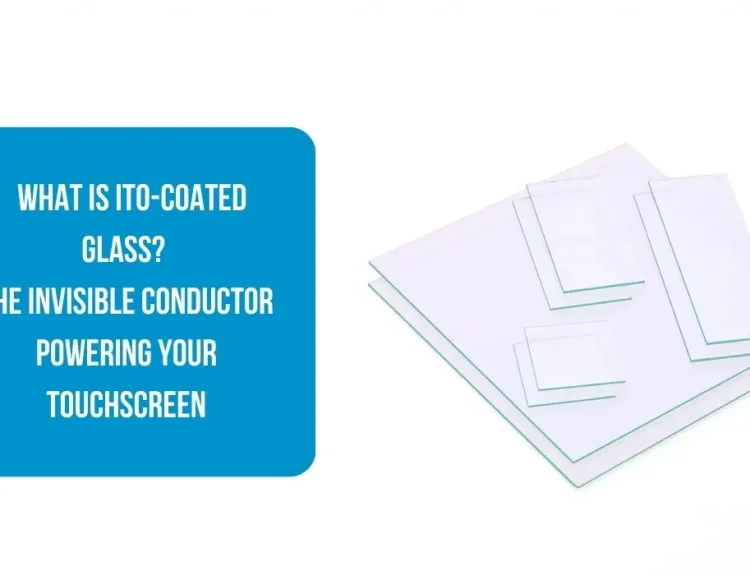Introduction
Have you ever wondered how your smartphones and computers keep getting smaller, faster, and more powerful? Carbon nanotubes, a tiny but incredible technology, play a significant role in making it happen. Carbon nanotubes, a tiny but incredible technology, play an important role in making it happen. In this article, we’ll explore how carbon nanotubes are changing the world of electronics, making devices smaller and more efficient than ever before.
What Are Carbon Nanotubes?
First, let’s demystify carbon nanotubes. Imagine rolling up a sheet of carbon atoms into a tiny tube. That’s a carbon nanotube! They are tiny – thousands of times thinner than human hair – but they have fantastic properties.
- Tiny Wires: Carbon nanotubes can act like super tiny wires, allowing electricity to flow with little resistance. This means they can carry electrical signals fast.
- Lightweight and Strong: Even though they’re super tiny, carbon nanotubes are incredibly strong. They are ideal for small electronic components because they can withstand high pressure without breaking.
- Heat Conductors: They’re excellent at conducting heat, which is essential because electronics can get hot during use. Carbon nanotubes help keep things cool.
The Future of Miniaturization
Now, let’s talk about how carbon nanotubes are shaping the future of electronics:
- Smaller and Faster Devices: Carbon nanotubes are so tiny that they allow us to make electronic components even smaller. This means we can pack more power into smaller devices, like smartphones and laptops.
- Energy-Efficient Electronics: Carbon nanotubes conduct electricity so well that electronic devices can work more efficiently, using less energy and lasting longer on a single charge.
- Flexible Electronics: Carbon nanotubes can create flexible electronic components. Imagine rollable smartphones or bendable screens – carbon nanotubes make it possible.
- Quantum Computing: In the world of quantum computing, where super-fast calculations happen, carbon nanotubes show promise for building the tiny switches needed for these computers.
Challenges and Exciting Possibilities
Of course, there are still challenges to overcome, like finding efficient ways to make carbon nanotubes in large quantities and ensuring they’re safe for use in electronics.
But the possibilities are exciting. As we continue to harness the power of carbon nanotubes, we can expect even smaller, faster, and more energy-efficient devices. Our gadgets will fit in our pockets, yet they’ll be more powerful than ever. We’ll see flexible screens, wearable technology, and computers that can solve complex problems instantly.
Conclusion
Carbon nanotubes are like the superheroes of the electronics world, allowing us to make smaller, faster, and more efficient devices. As scientists and engineers continue to explore their potential, we can look forward to a future where our electronics are incredibly powerful and compact. So, the next time you marvel at your tiny smartphone, remember that it’s carbon nanotubes helping to make it all possible. The future of miniaturization is here, and it’s looking bright!







